For efficient trading and investment, it is important to understand the language of the market. In this chapter, we have listed some of the common terms or jargons that market players often use to describe various aspects of the market. These terms could define the factors that affect the stock price or relate to the process of placing your trades, or simply point to important corporate events that you need to watch out for.
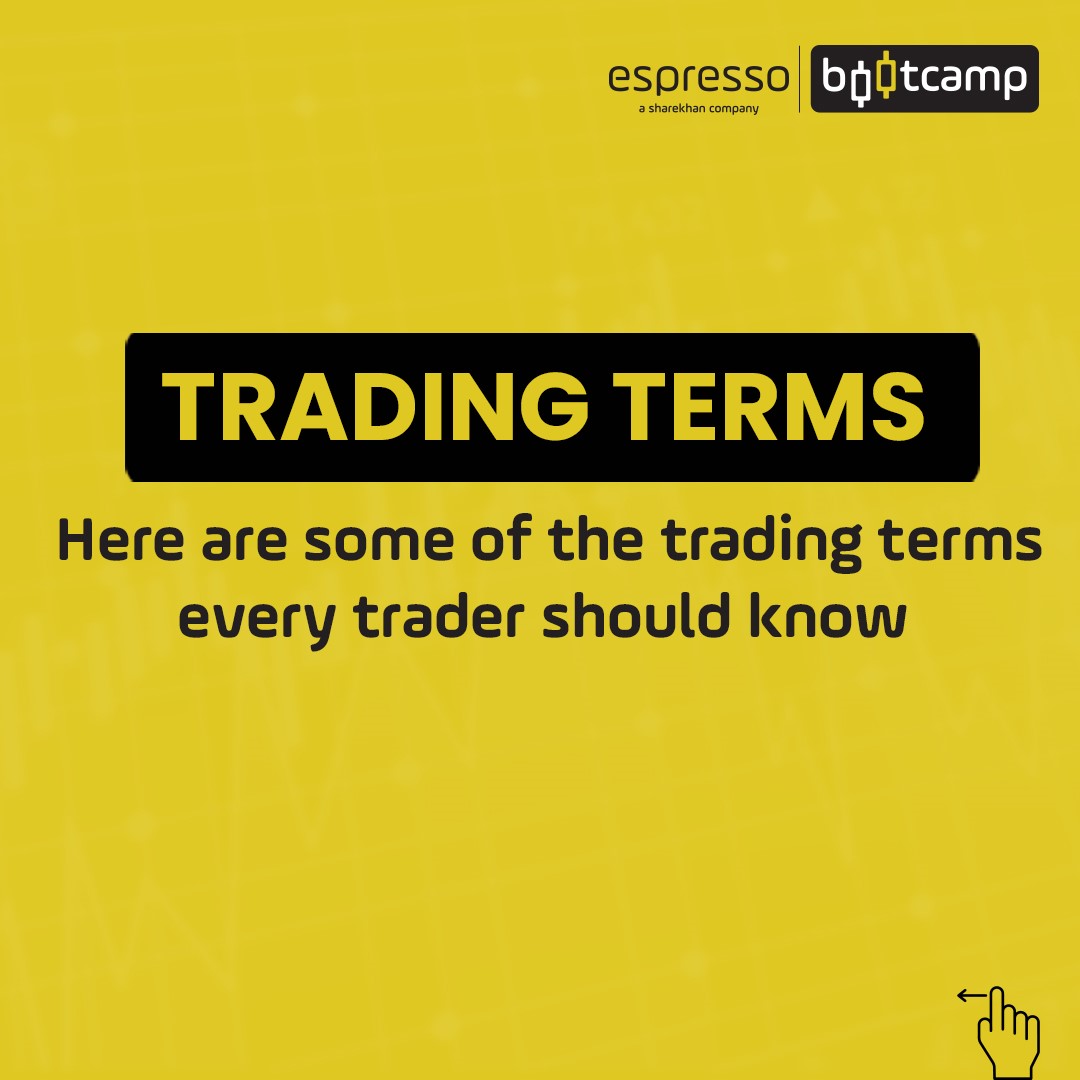
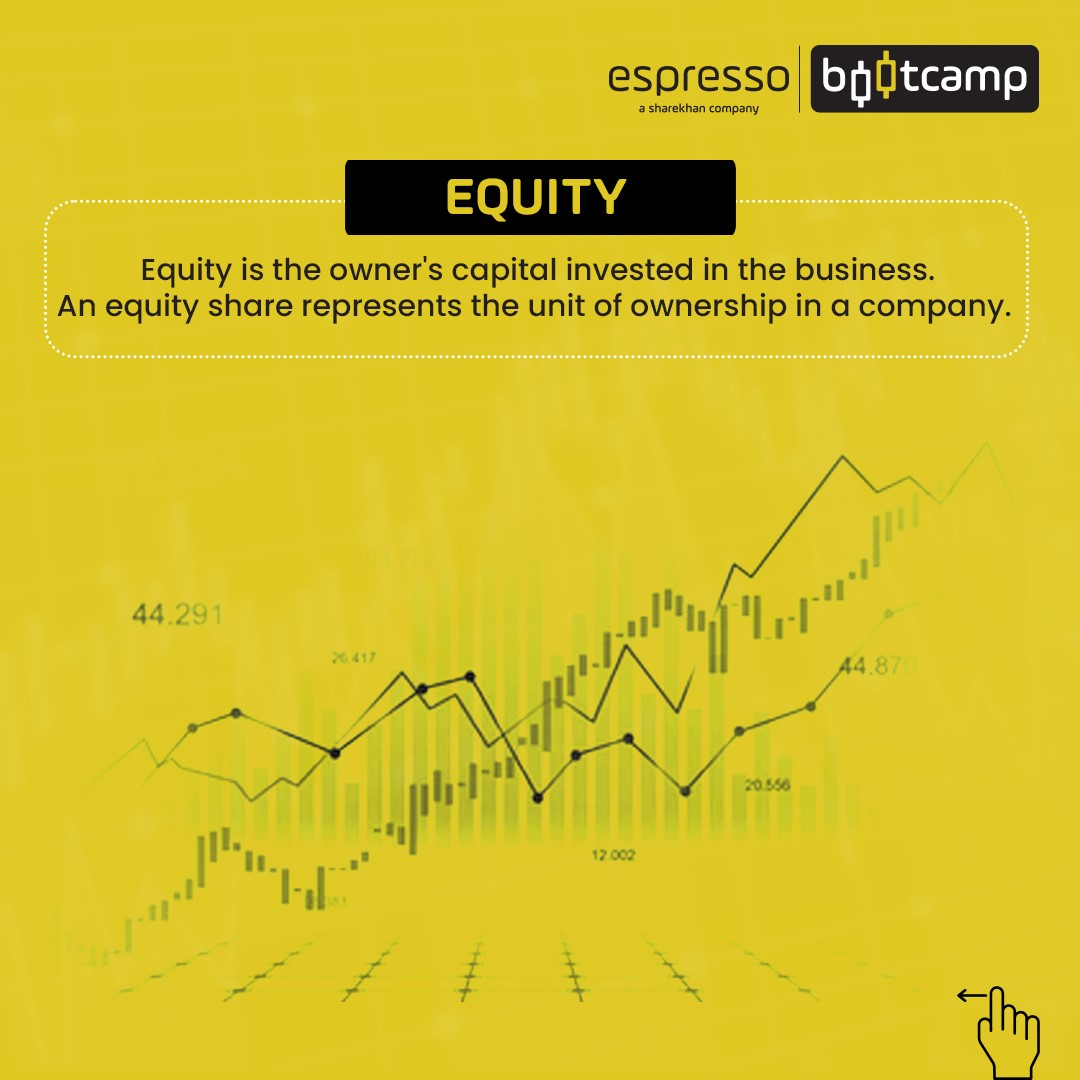
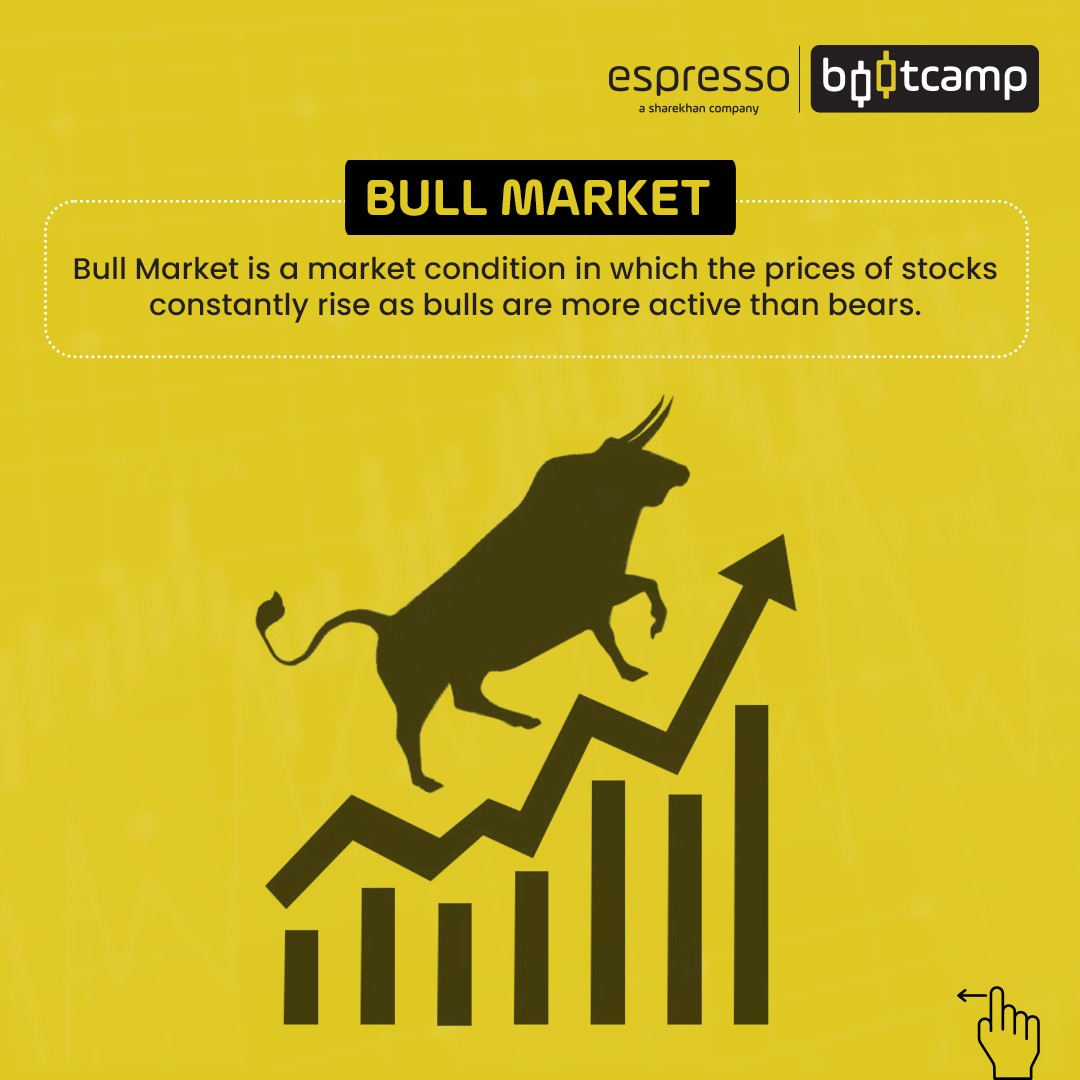
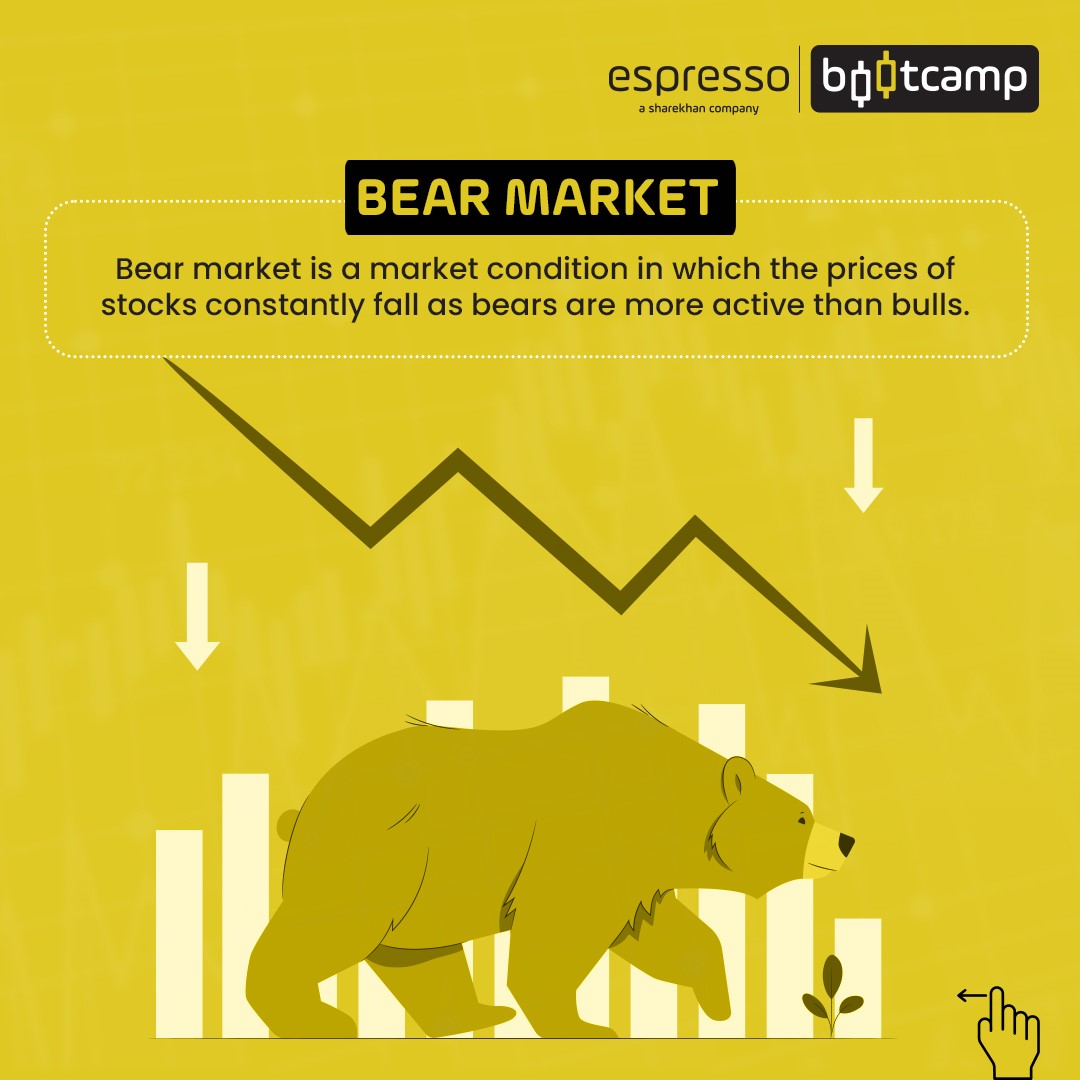
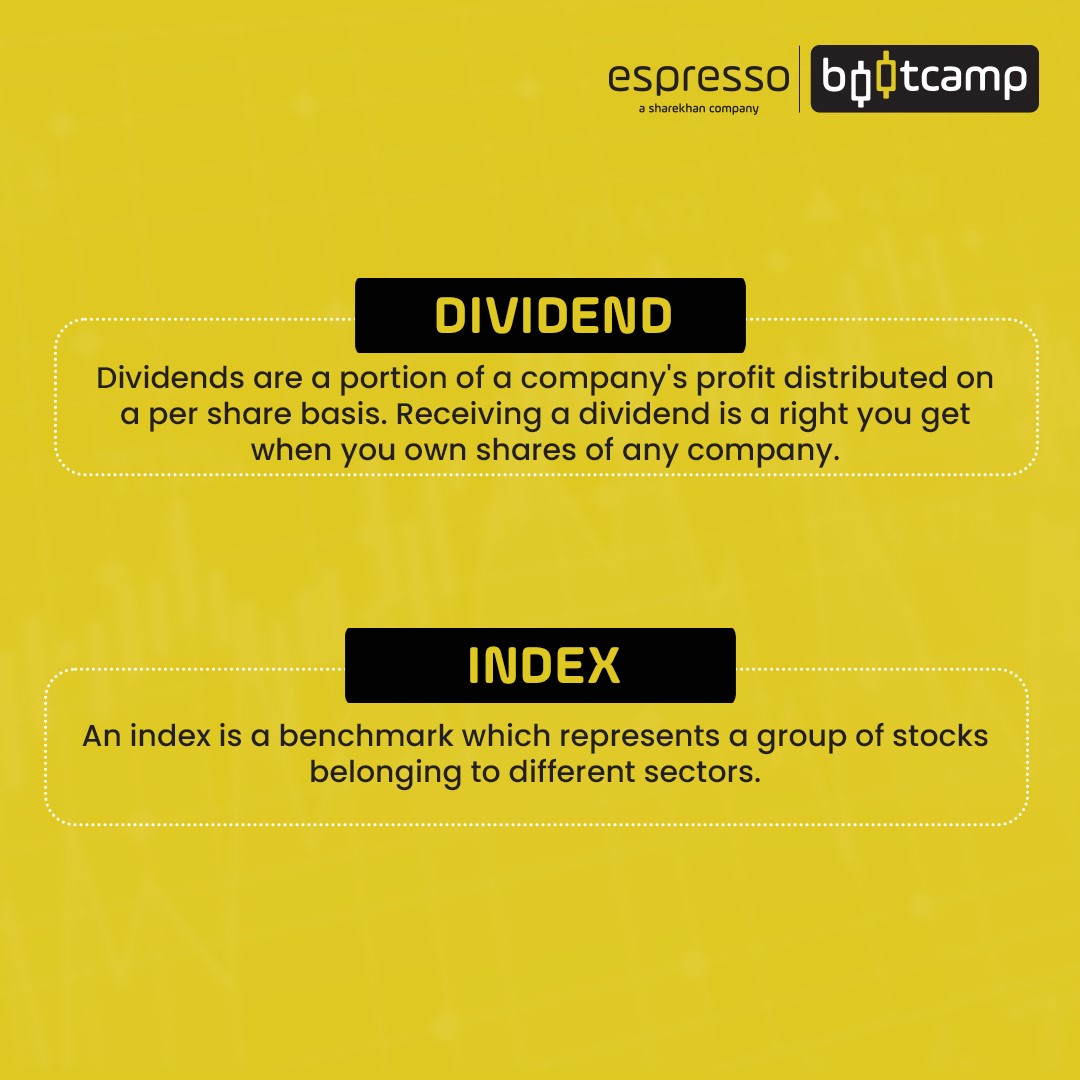
Knowing these terms will help you navigate the market better and help learn more to take better trading or investment decisions.
Shares & stocks: Share means a unit of ownership in a company. You can own several shares in a company or multiple companies together. It is known as stocks.
CMP: Current market price (CMP) is the price that is being currently transacted.
Bid price: Bid price is the price at which a buyer is ready to buy a share. It is as high as the buyer can go for his purchase.
Ask price: Ask price is the price at which a seller is ready to sell a share. It is the minimum price at which a seller is ready to transact.
Bid-ask spread: It is the difference between the bid and the ask price. Both bid and ask are real-time and keep fluctuating and the difference between them is a crucial sign of market liquidity.
Volume: Volume indicates the number of shares transacted during the trading session. Higher volume indicates higher liquidity and vice versa.
Liquidity: Liquidity indicates how quickly a stock can be bought or sold without disturbing the price significantly.
Free float: It is that part of the shares outstanding that are available for trading in the market. It includes the shares held by the public that are otherwise not restricted for trading. It is important to know free float to assess the liquidity of the shares for trading.
Shares outstanding: Shares outstanding include public and promoter holdings.
Market capitalisation: Market capitalisation means the total value of the shares of a company. It is calculated by multiplying the number of shares outstanding by the current market price of the stock.
Stock split: Stock split is a method employed by companies to increase the liquidity of the shares of the company by decreasing the face value and increasing the number of shares.
Ex-dividend date: This is the first day a stock trades without a dividend. The ex-dividend date is set by the exchange. A share bought on or after the record date will not be entitled to dividends.
Record date: The record date is the date set by the company on which the investor must be on the company's register of shareholders for receiving dividends.
Day trading: Day trading Is trading in shares without taking delivery of the same. It means a day trader squares off his position before the end of the trading session.
Swing trading: Swing trading is taking an overnight position of shares. A swing trader takes a position for a day or more than a day.
Short-squeeze: Short-squeeze happens when traders who are short in the market expecting the market to go down are in for a surprise as prices spike up and they scramble to close their short position to limit their losses leading the prices to spike even more.
Short covering: In contrast to a short squeeze, short covering is closing an existing short position to book profits.
Upper circuit: Upper circuit is the maximum price a stock can move up after which the prices will freeze till the demand for the stock eases.
Lower circuit: The lower circuit is the maximum price a stock can go down after which the prices will freeze till the supply pressure eases.
Market order: A market order is a type of order where a stock is bought or sold at the current market price.
Limit order: A limit order is a type of order where a stock is bought or sold with a specific price limit. The transaction happens only when the price is matched.
GTC: Good till cancelled (GTC) order is a type of order where a limit price is set for buying or selling of shares and the order remains in force till it gets filled or cancelled. The maximum validity of a GTC order is 365 days.
Bracket: A bracket order is used for intraday trading. It is a three-in-one order. A bracket order combines a basic buy or sell order with a target order and a stop-loss order.
Cover order: In contrast to a bracket order cover order is a two-in-one order. Cover order combines a basic buy or sell with a stop loss order.
Basket: Basket order is a type of order where you save the trouble of punching multiple orders for multiple scrips. Instead, a single basket with multiple scrips can be created for executing a trade.
Stop loss order: Stop loss order is an order that helps in mitigating risk. It helps a trader who has an existing position to exit when the price moves to a certain level which is the maximum amount of loss as decided by the trader.
Day order and IOC: A Day order is one where an order gets cancelled at the end of the day's session if it is not filled. Immediate or cancel (IOC) order is an order type where the order gets cancelled immediately after an order is placed. A partial fill is possible in an IOC as the remaining order is cancelled.
Fills and partial fills: A fill is an order that has been executed. A partial fill is one where the order is partially executed.
Premium: If the price of the future instrument is more than the underlying share or index the future is said to be at a premium. When the futures price is trading at a premium to its underlying then it is called a Contango.
Discount: If the price of the future instrument is less than the underlying share or index the future is said to be at a discount. When the futures price is trading at a discount to its underlying, it is also known as backwardation.
 0
|
0
|
 0
0
 Modules
Modules

 Watch
Watch 
